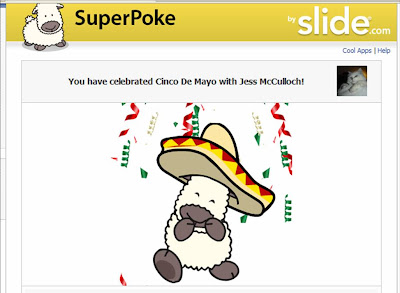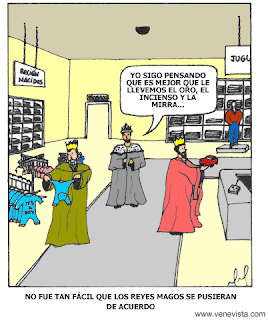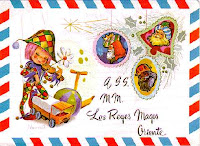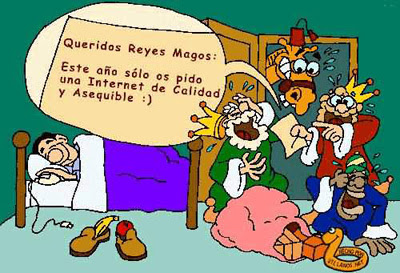
As I sat poking people on Facebook – as I am prone to do as a form of stress release – I was inspired to blog. Not a normal occurence admittedly, being inspired to do anything serious on FB but this time the poke was the catalyst.
As you can see from the image, I ‘celebrated Cinco de Mayo with‘ many of my FB friends, and it struck me that I knew not why I would want to celebrate today! So I
decided to do some research – and it’s nothing to do with dancing sheep!
Wikipedia informed me that …
‘Cinco de Mayo (Spanish for “5th of May”) is primarily a regional and not an obligatory federal holiday in Mexico. The holiday commemorates an initial victory of Mexican forces led by General Ignacio Zaragoza Seguín over French forces in the Battle of Puebla on May 5, 1862. The date is observed in the United States and other locations around the world as a celebration of Mexican heritage and pride.’
and goes on to point out that it is not Mexican Independence Day as this falls on September 16th.
It seems that the day, celebrated with music, dance and food (as all good fiestas should be), is mainly celebrated by Mexicans living in America, and that it is really only celebrated within Mexico in the Puebla region where the battle was fought.
As I was looking for information,I came across a number of interesting web sites that teach more about the origins and celebration of Cinco de Mayo.
Kaboose has a number of craft activities (such as making a taco or Mexican sombrero), recipes and printables (such as colouring pages and wordsearches) for the day as well as a history section.
Here’s the site for the Cinco de Mayo Fiesta in Portland, Oregon, celebrating the festival of its sister city, Guadalajara, and organised by the Portland Guadalajara Sister Association
(I like this idea of having a sister city whose festivals you celebrate – great for broadening knowledge and understanding)
Then I came across a lovely site with a really accessible webquest about Cinco de Mayo, perfect for dipping in and choosing bits that you fancy using. It offers lots of links – most of them seem to be active (sometimes a pitfall I find with webquests I discover is that the links are dead ends which is really frustrating) I also like the student rubric outlining what is expected of a good group member, and how group work will be graded – something to consider for next collaborative topic I set perhaps. There are even teachers notes – as they say, the webquest / topic is designed to last several weeks so it would be a case of picking and choosing!!
And then there’s the 42explore site where there are loads of links to other sites – unfortunately, several of the ones I tested were dead, but you can learn how to make a piñata, or a poncho, or go on a shorter webquest to make an information book about Cinco de Mayo. And at the bottom of the page, there is a short interactive glossary of words related to the festival.
And, just to finish off the post, here are a couple of videos of the festivities. Firstly, a news report explaining the fiesta –
and here are the festivities in Charleston…..
Finally, a traditional folkdance from West SaintPaul, Minnesota.
So – now I know what it’s all about –
¡Feliz Cinco de Mayo a todos!

















